A new study recommends that the United States pursue rapid development of a space nuclear power system to keep pace with geopolitical rivals.
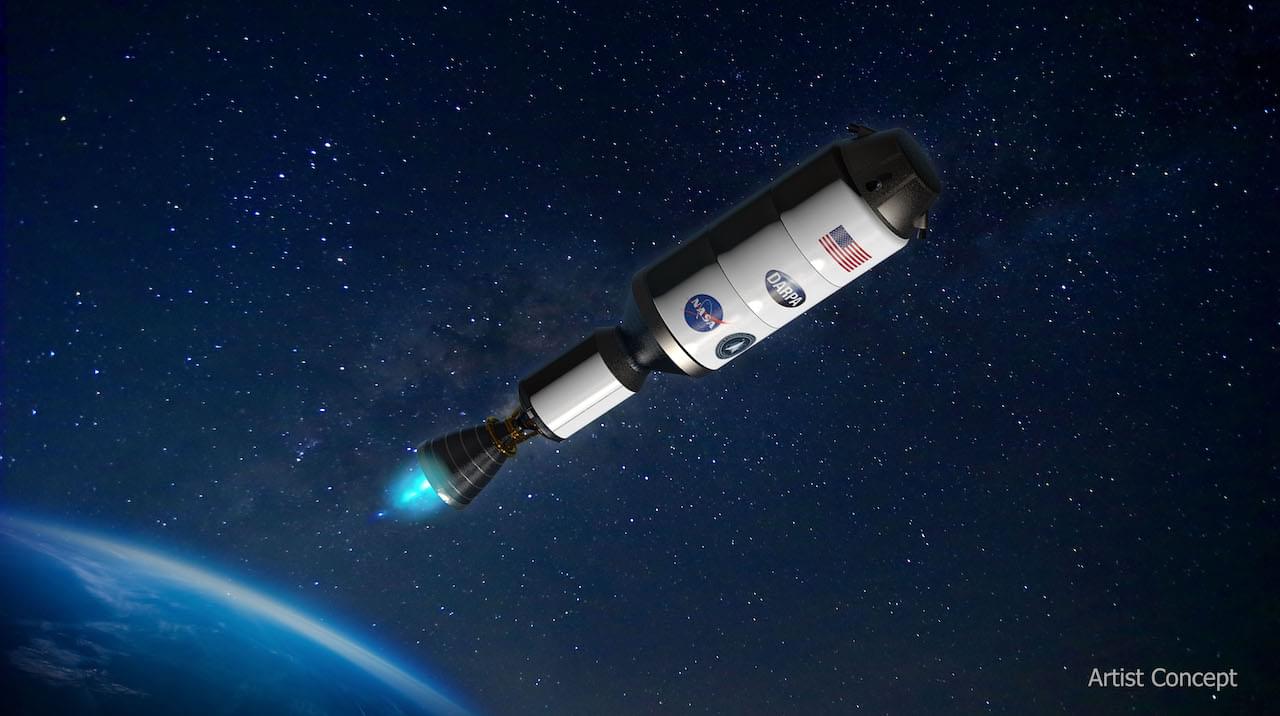

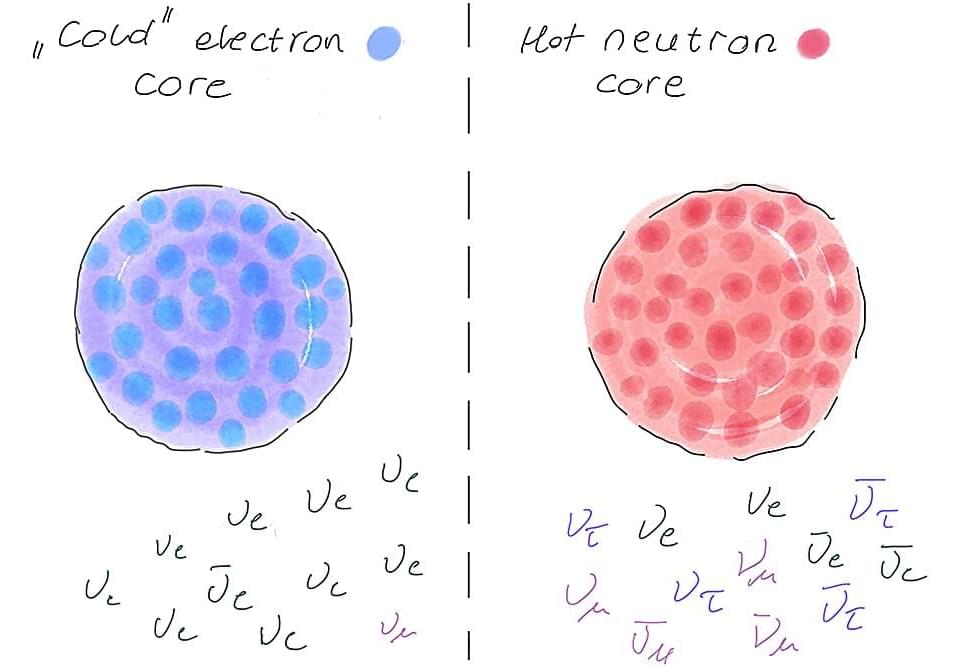
Neutrinos are cosmic tricksters, paradoxically hardly there but lethal to stars significantly more massive than the sun.
These elementary particles come in three known “flavors”: electron, muon and tau. Whatever the flavor, neutrinos are notoriously slippery, and much about their properties remains mysterious. It is almost impossible to collide neutrinos with each other in the lab, so it is not known if neutrinos interact with each other according to the standard model of particle physics, or if there are much-speculated “secret” interactions only among neutrinos.
Now a team of researchers from the Network for Neutrinos, Nuclear Astrophysics, and Symmetries (N3AS), including several from UC San Diego, have shown, through theoretical calculations, how collapsing massive stars can act as a “neutrino collider.” Neutrinos steal thermal energy from these stars, forcing them to contract and causing their electrons to move near light speed. This drives the stars to instability and collapse.
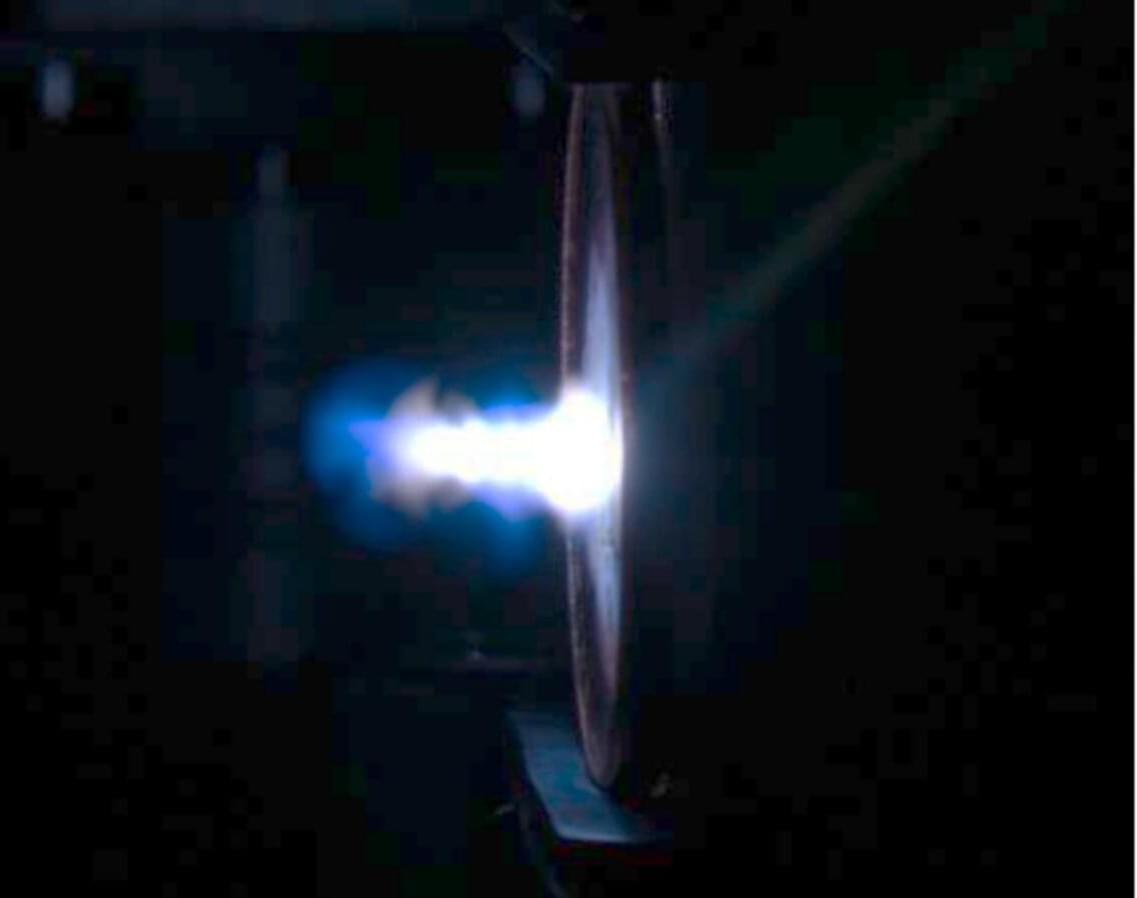
Researchers in the Oregon State University College of Engineering have developed new technology for uranium enrichment measurement and trace element detection, vital for nuclear nonproliferation and supporting the development and operation of next-generation nuclear reactors.
“The technology that we are developing can support nuclear safeguards as well as nuclear energy development,” said Haori Yang, associate professor of nuclear science and engineering. “It can enable on-site enrichment measurements with minimal or no sample preparation, which means a quick turnaround time. It can also be used to monitor fuel in Gen-IV nuclear reactors, such as liquid metal–cooled reactors.”
In its naturally occurring state, uranium contains less than 1% U-235, the isotope that can sustain a nuclear chain reaction; the rest is U-238, which is much less able to do so.

The Munich-based start-up Proxima Fusion, a spin-out from the Max Planck Institute for Plasma Physics, has raised €130 million in capital. The company plans to use the funds to finance the development of the world’s first stellarator-based fusion power plant, which is scheduled to be built in the 2030s. The investment represents the largest private financing round in the field of fusion energy in Europe to date. Proxima Fusion now has a total of more than €185 million in public and private funding at its disposal.
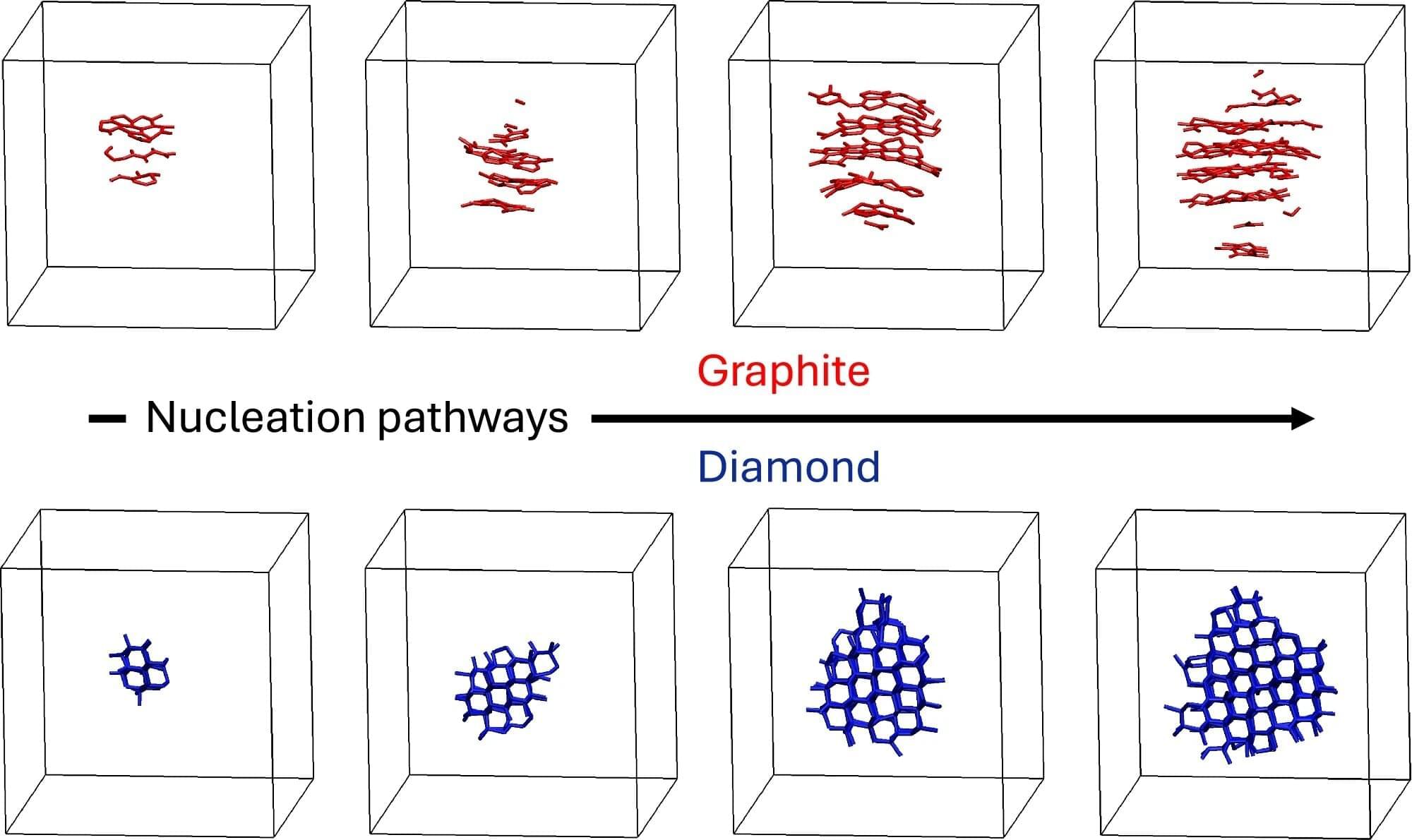
The graphite found in your favorite pencil could have instead been the diamond your mother always wears. What made the difference? Researchers are finding out.
How molten carbon crystallizes into either graphite or diamond is relevant to planetary science, materials manufacturing and nuclear fusion research. However, this moment of crystallization is difficult to study experimentally because it happens very rapidly and under extreme conditions.
In a new study published July 9 in Nature Communications, researchers from the University of California, Davis and George Washington University use computer simulations to study how molten carbon crystallizes into either graphite or diamond at temperatures and pressures similar to Earth’s interior. The team’s findings challenge conventional understanding of diamond formation and reveal why experimental results studying carbon’s phase behavior have been so inconsistent.
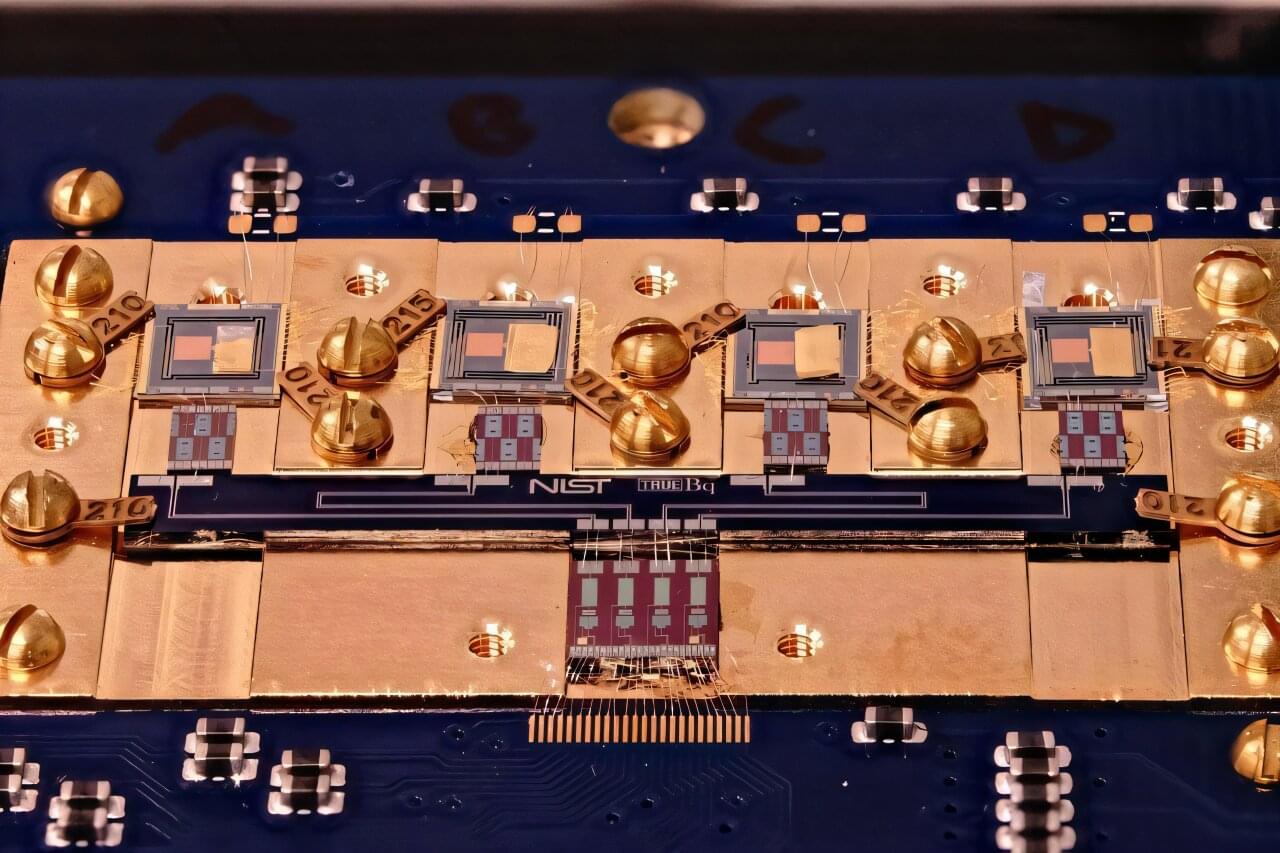
Researchers at the National Institute of Standards and Technology (NIST) have demonstrated a new and faster method for detecting and measuring the radioactivity of minuscule amounts of radioactive material. The innovative technique, known as cryogenic decay energy spectrometry (DES), could have far-reaching impacts, from improving cancer treatments to ensuring the safety of nuclear waste cleanup.
The NIST team has published its results in Metrologia.
The key to this novel technique is a transition-edge sensor (TES), a high-tech device widely used to measure radiation signatures. TES provides a revolutionary capability to record individual radioactive decay events, in which an unstable atom releases one or more particles. By building up data from many individual decays, researchers can then identify which unstable atoms, known as radionuclides, produce the events.

The first results of the ETH Zurich and ANSTO collaboration focused on silicon carbide (SiC) devices have been reported in two publications.
Dr. Corinna Martinella, formerly a senior scientist at ETH Zurich, said in a LinkedIn post that the research advances an understanding of the basic mechanisms of radiation damage in SiC power devices exposed to heavy ions.
An article in IEEE Transactions on Nuclear Science describes the testing of how commercial silicon carbide (SiC) power devices, including MOSFETs and Junction Barrier Schottky (JBS) diodes, respond to space-like radiation at a microscopic level.
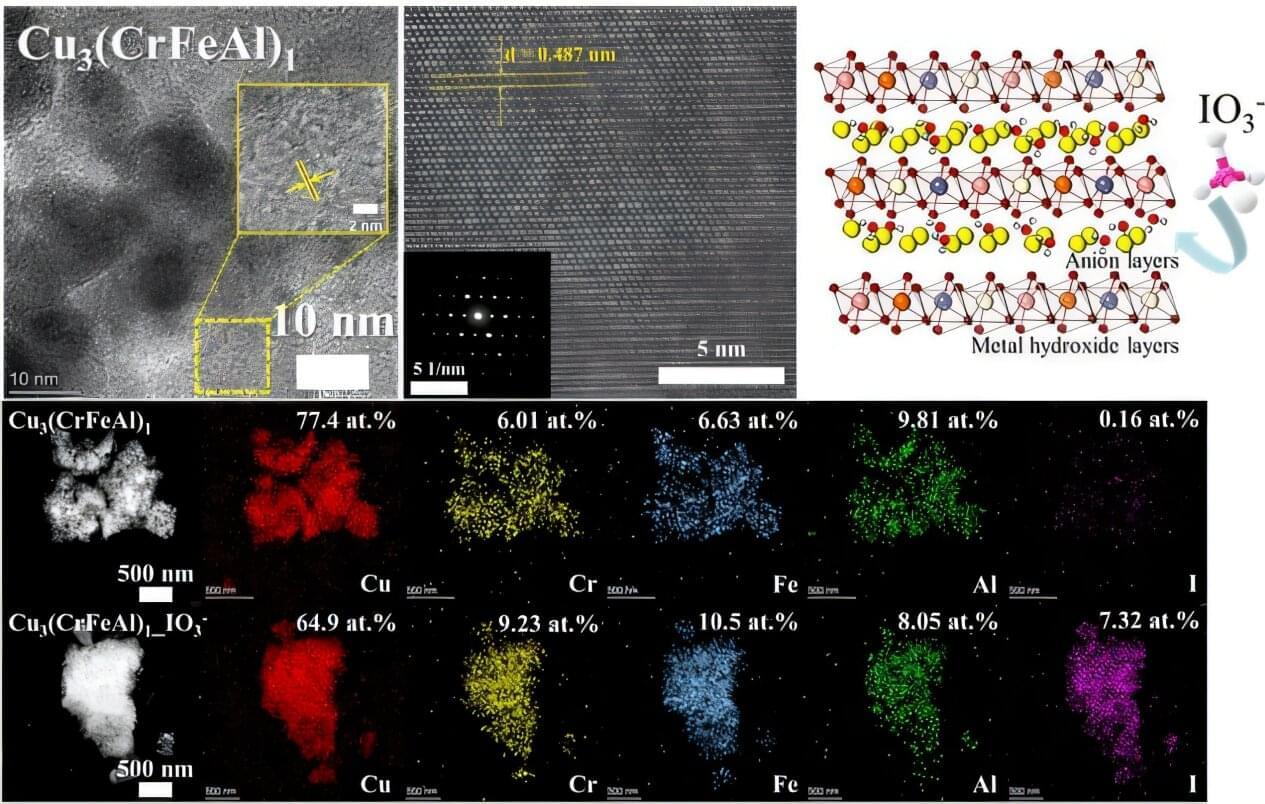
Managing radioactive waste is one of the core challenges in the use of nuclear energy. In particular, radioactive iodine poses serious environmental and health risks due to its long half-life (15.7 million years in the case of I-129), high mobility, and toxicity to living organisms.
A Korean research team has successfully used artificial intelligence to discover a new material that can remove iodine for nuclear environmental remediation. The team plans to push forward with commercialization through various industry–academia collaborations, from iodine-adsorbing powders to contaminated water treatment filters.
Professor Ho Jin Ryu’s research team from the Department of Nuclear and Quantum Engineering, in collaboration with Dr. Juhwan Noh of the Digital Chemistry Research Center at the Korea Research Institute of Chemical Technology, developed a technique using AI to discover new materials that effectively remove radioactive iodine contaminants. Their research is published in the Journal of Hazardous Materials.
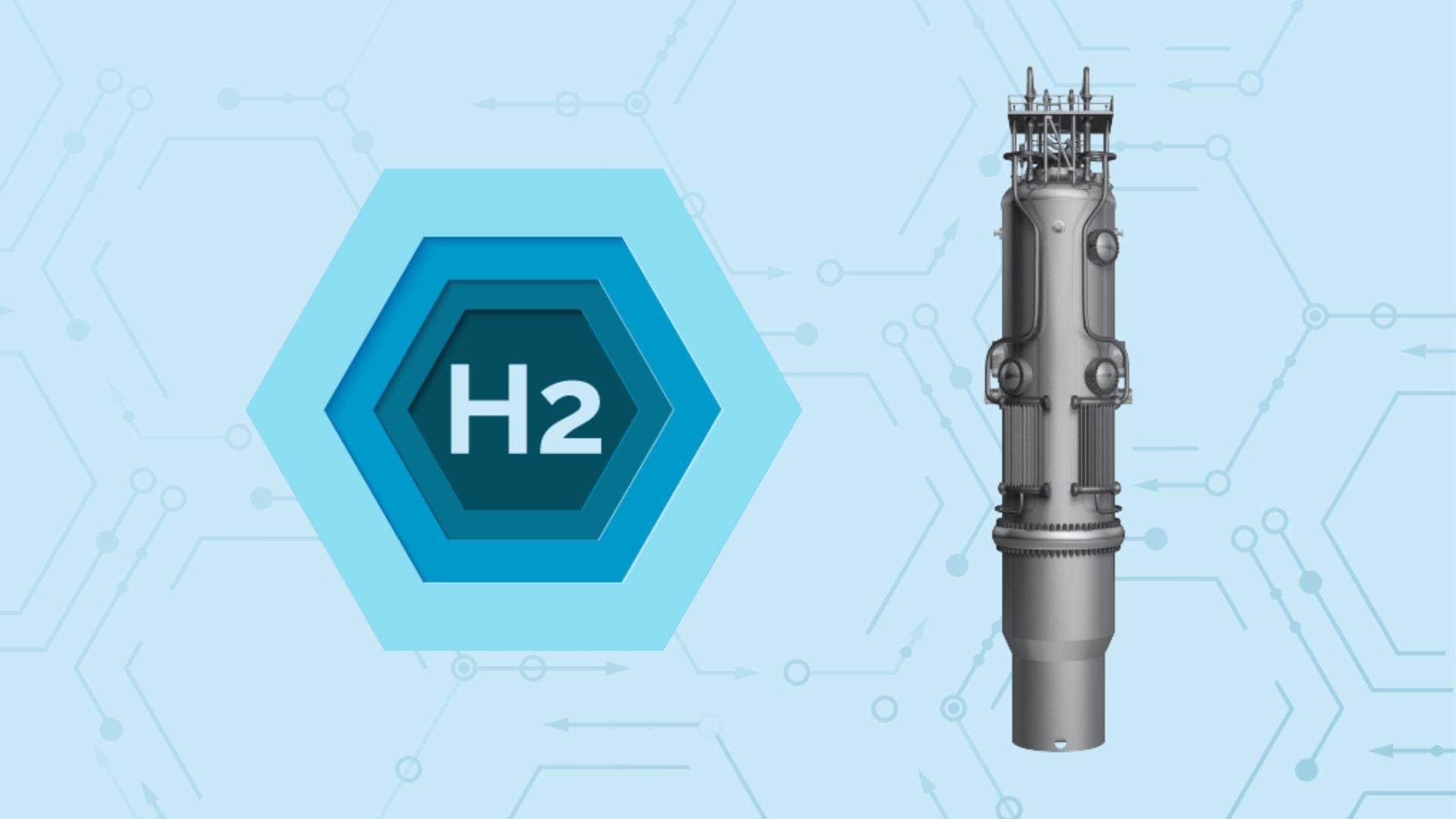
Google to buy 200 megawatts of fusion energy from CFS’s ARC plant, marking its first commercial fusion deal.